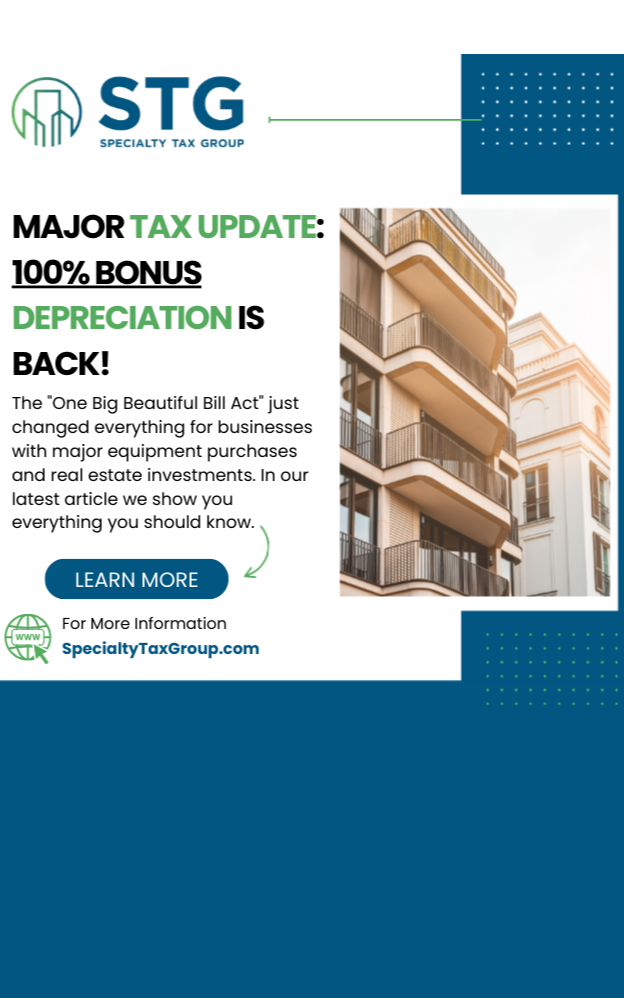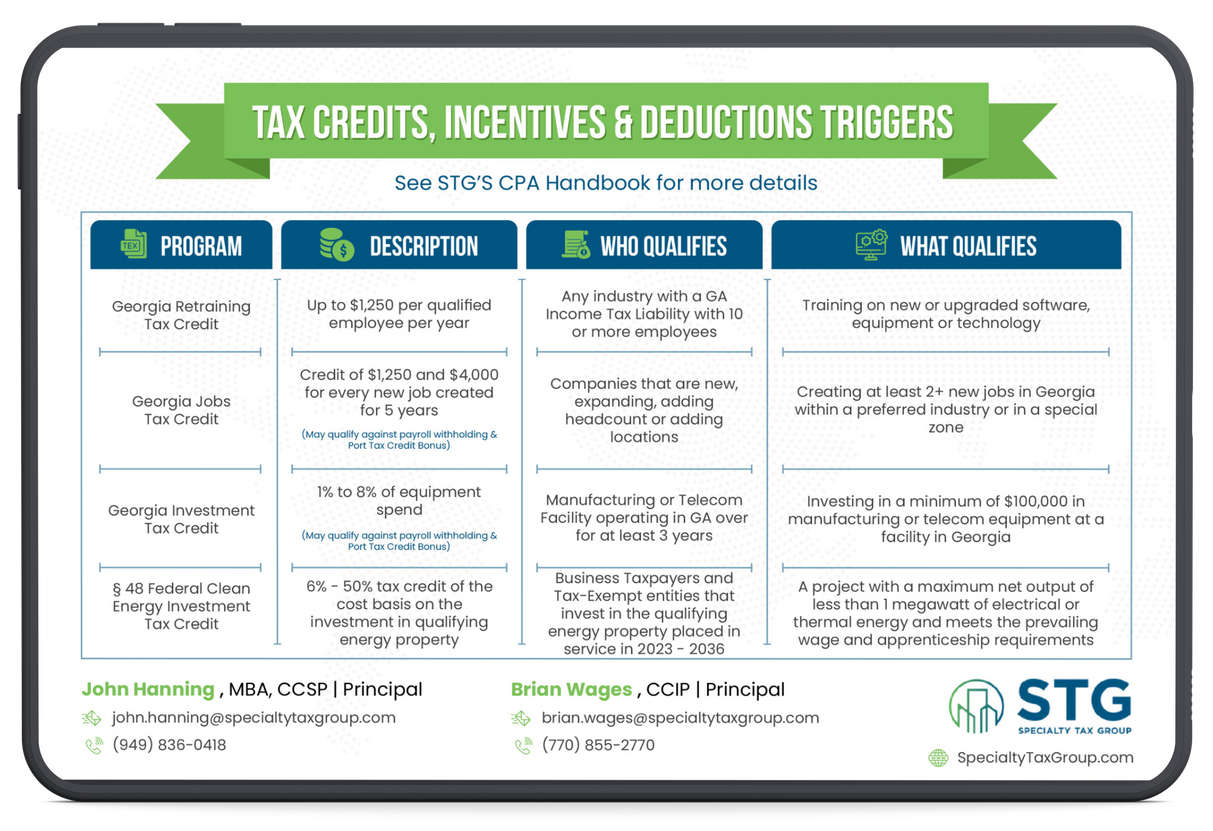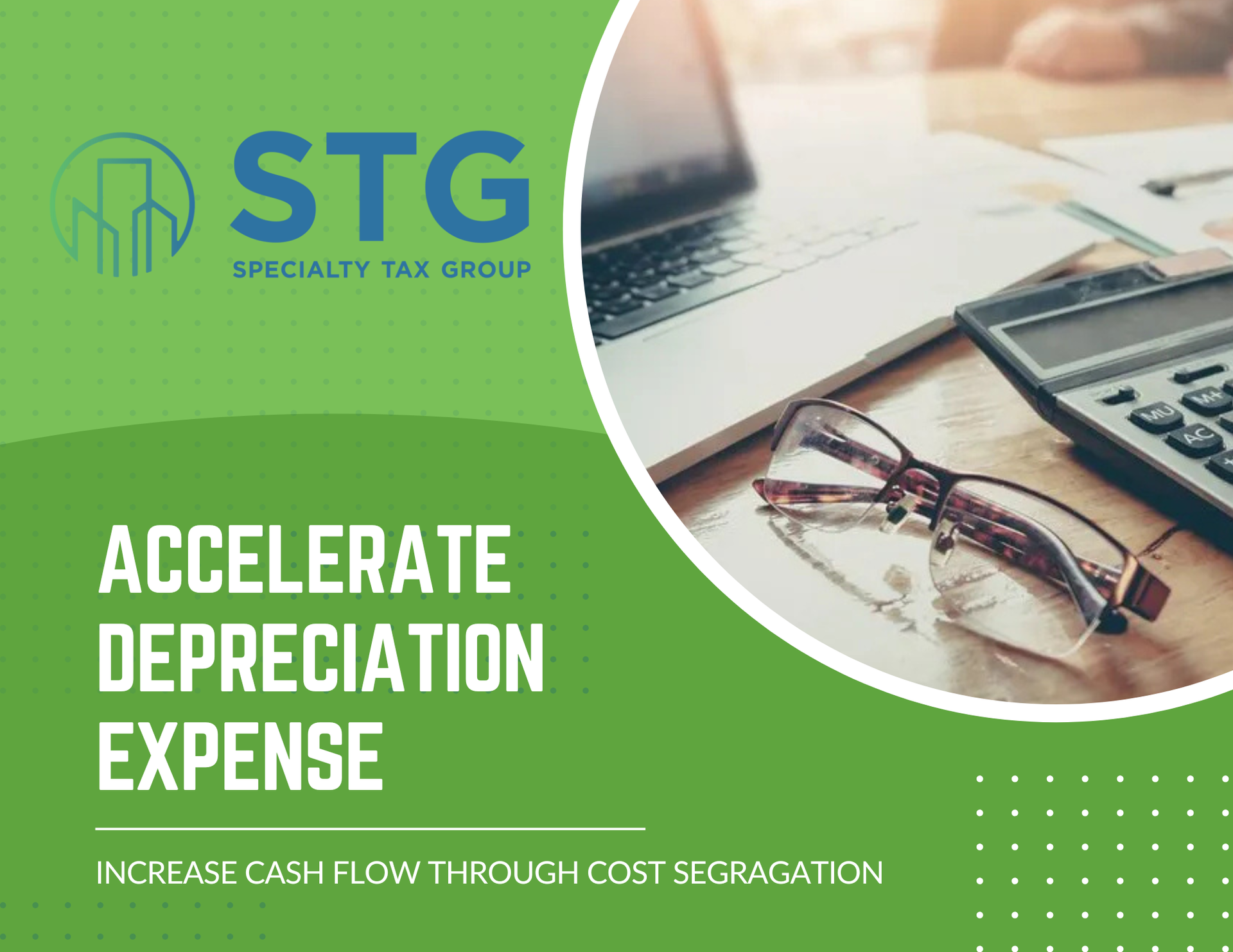This blog post has been researched, edited, and approved by John Hanning and Brian Wages. Join our newsletter below.
Self-storage owners are in a prime position to reap significant rewards from cost segregation. The various assets stored in their facilities provide vast opportunities for property reclassification and tax deductions. By hiring a cost segregation expert to perform an analysis of your self-storage property, you can lower your taxable income and increase your cash flow.
How Does Cost Segregation Benefit Self-Storage Owners?
With the guidance of a tax expert, you may able to reclassify some of your self-storage facility’s assets as personal property to qualify for more tax deductions. As a result, you can increase your cash flow by hundreds of thousands if not millions of dollars.
The recent case study below shows the benefits you can receive as a result of a cost segregation analysis.
| Property Detail | Results |
|---|---|
| Purchase Price of Property | $6,500,000 |
| Property Type | Self-Storage |
| Building Sq. Ft | 165,000 |
| Entire Site Sq. Ft | 304,920 |
| Date Acquired | Current Tax Year |
| Federal Tax Rate | 29.60% |
| State Tax Rate | 5% |
| Combined Tax Rate | 34.60% |
| ROI Factor | 8% |
| Bonus Depreciation | 100% |
| Building Allocation After | |
| 5-Year Personal Property | $1,300,000 |
| 15-Year Land Improvements | $910,000 |
| 39-Year Residential Real | $4,290,000 |
| Summary of Benefits | |
| Additional Tax Deductions | $2,184,028 |
| Net Present Value (NPV) | $642,044 |
| NPV Over Remaining Life | $536,520 |
A cost segregation specialist will determine which deductions your self-storage business qualifies for when they run an analysis on your property, its assets, and any improvements, renovations, or remodels you’ve made since 1987. According to the IRS, a taxpayer may go back as far as that year to reclassify any personal property that has not been valued according to the appropriate rate of depreciation.
What Qualifies As Personal Property In A Self-Storage Facility?
Self-storage facilities fall into two typical categories: climate-controlled and non-climate-controlled.
Climate-controlled self-storage facilities are more expensive to build and operate, but they allow for a wider variety of storage options where special conditions are required, for computer equipment, books, photographs, or art. This type of facility is where cost segregation can often uncover as much as 50 percent of qualifying 5-year Personal property, while the Real property is considered IRC Sec. 1250 property that is depreciated over 39-years.
Non-climate-controlled self-storage facilities typically realize upwards to 40 percent of qualifying tangible personal property. In addition to the items being stored, there are other assets associated with the self-storage that qualify for reclassification. Among them are HVAC and electrical systems, theft detection systems, electric fencing, and movable interior walls.
A cost segregation specialist will also consider any improvements, renovations, or remodels that have been made in the facility since 1987.
Who Do I Contact To Provide Cost Segregation Services?
To begin cost segregation on your self-storage facility, contact Specialty Tax Group right away. Our cost segregation specialists will help you accumulate as many deductions as possible this tax season.
2024 Tax Guide





